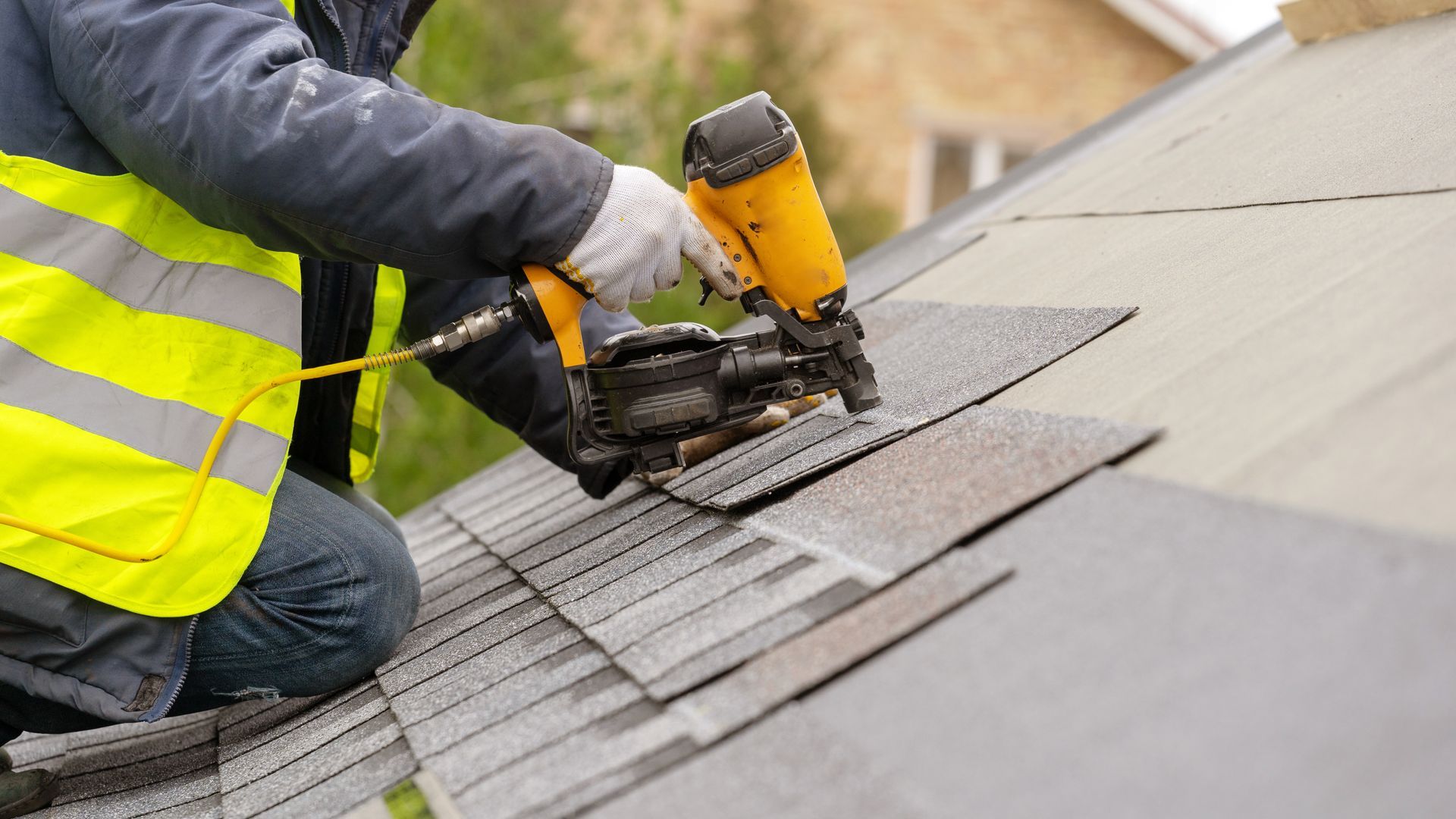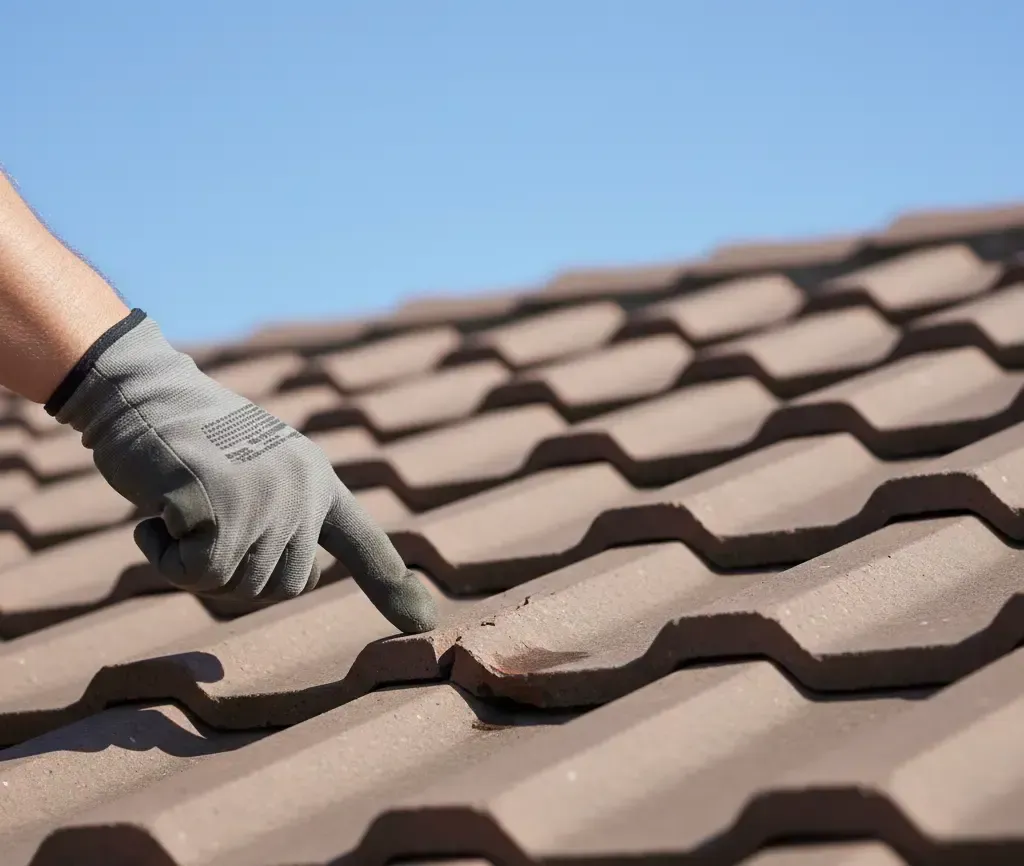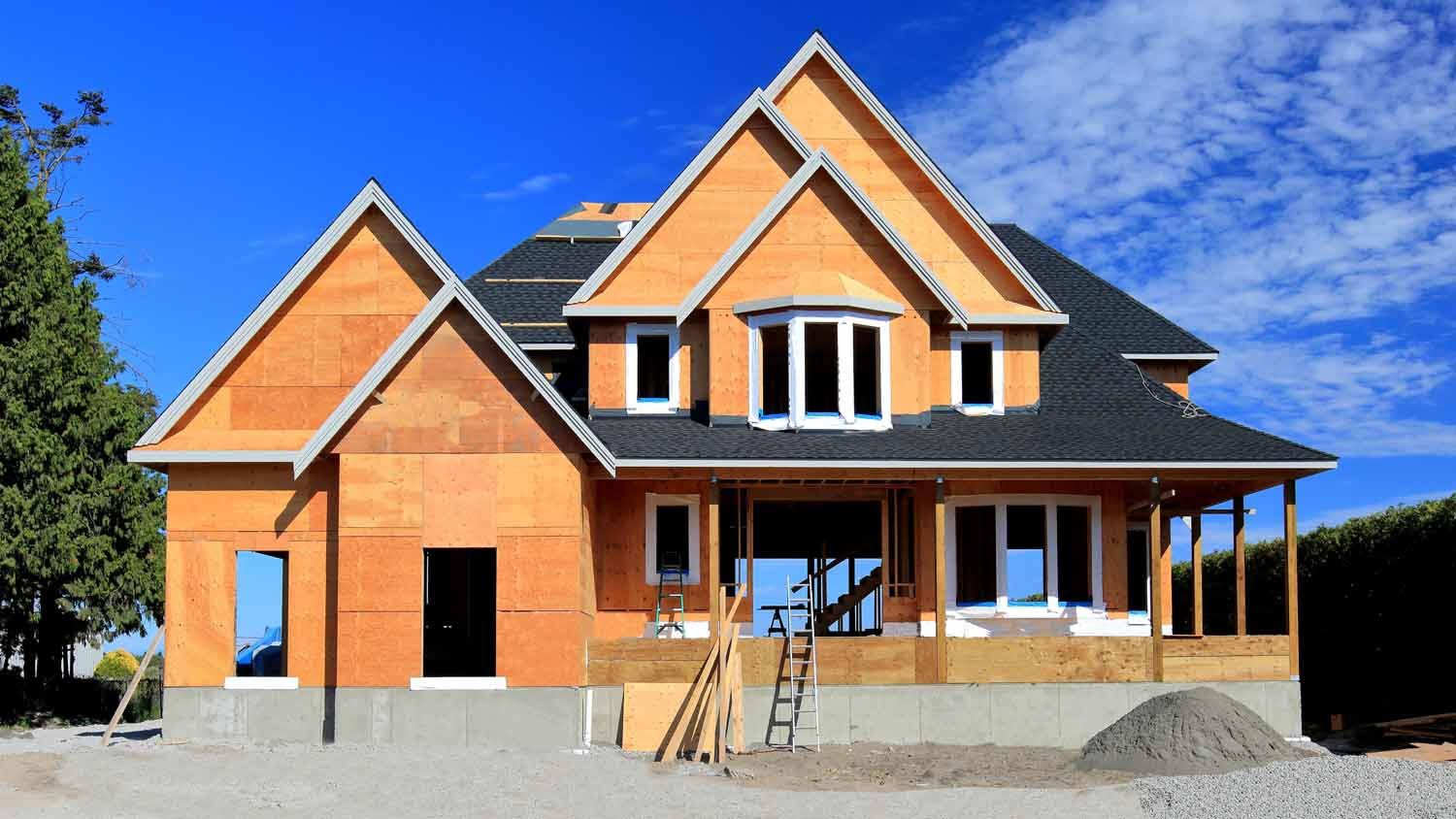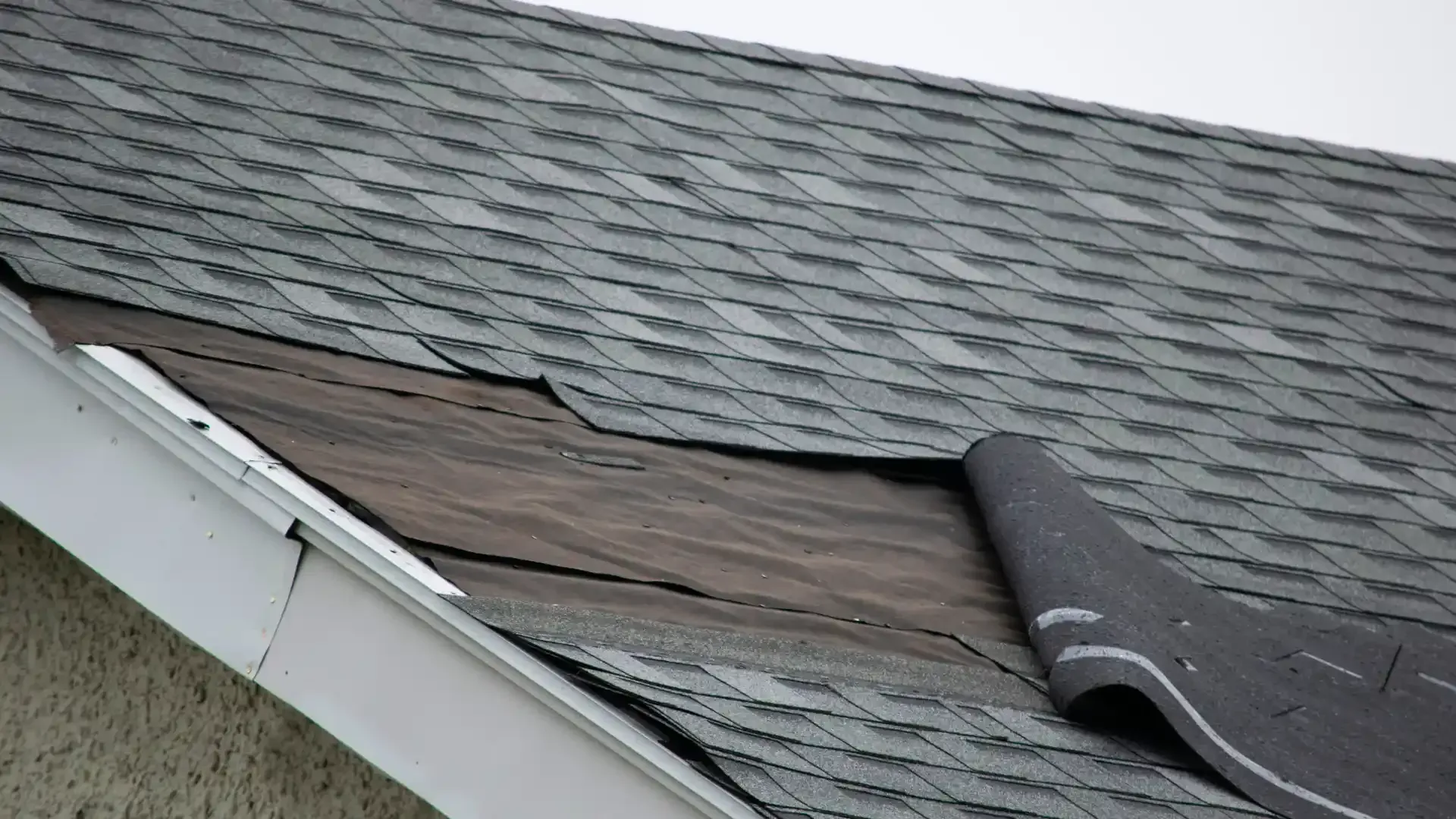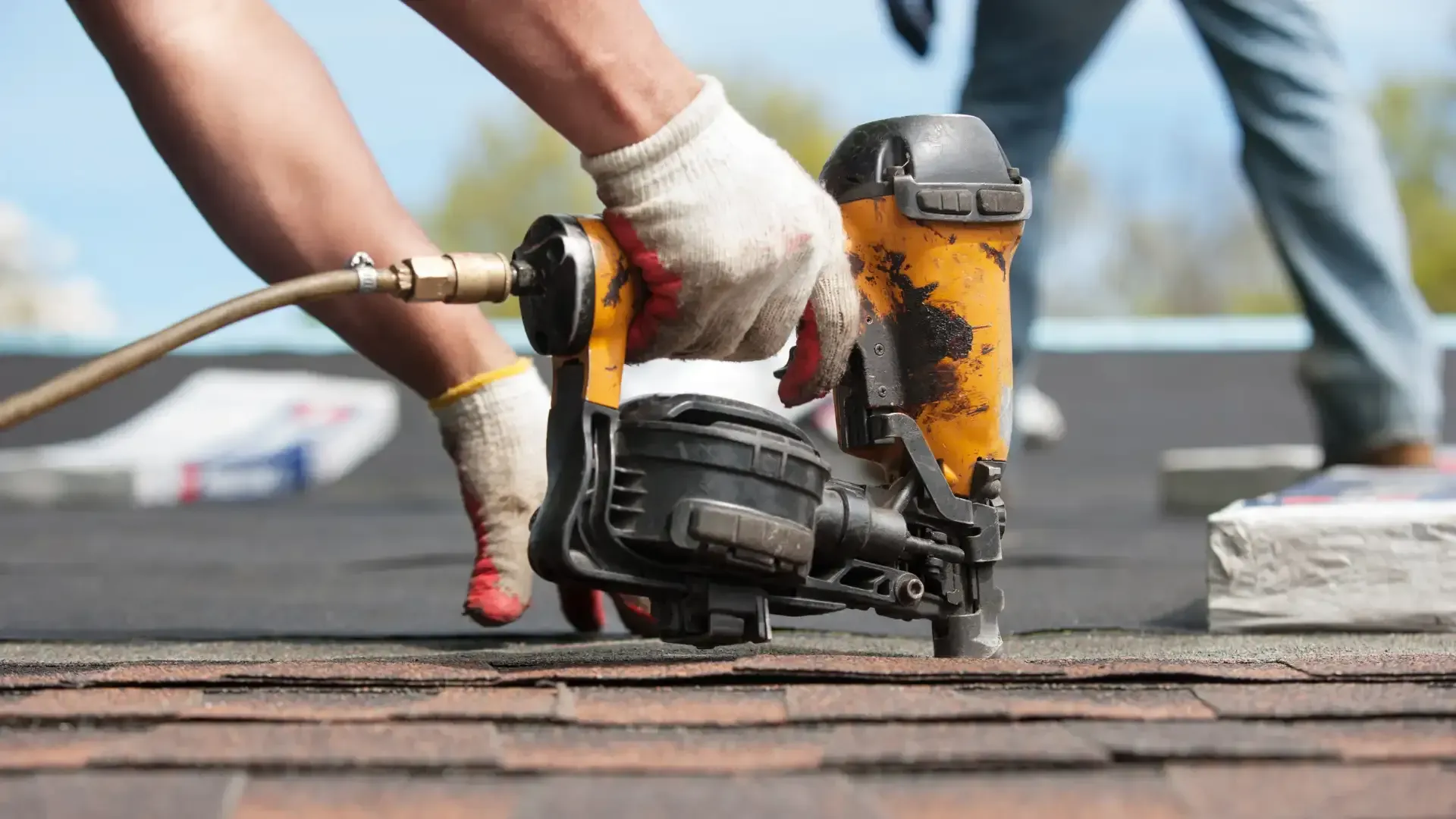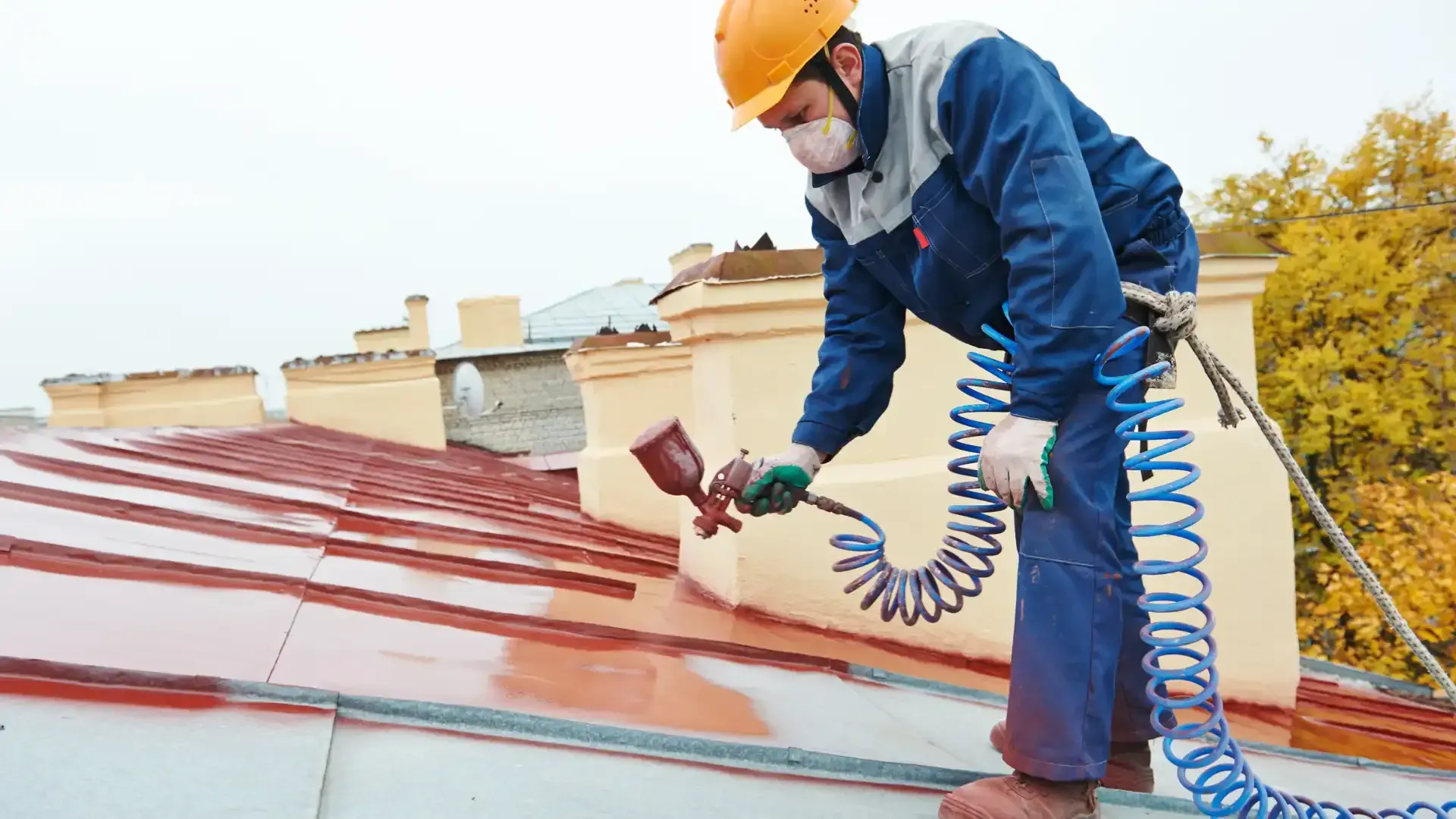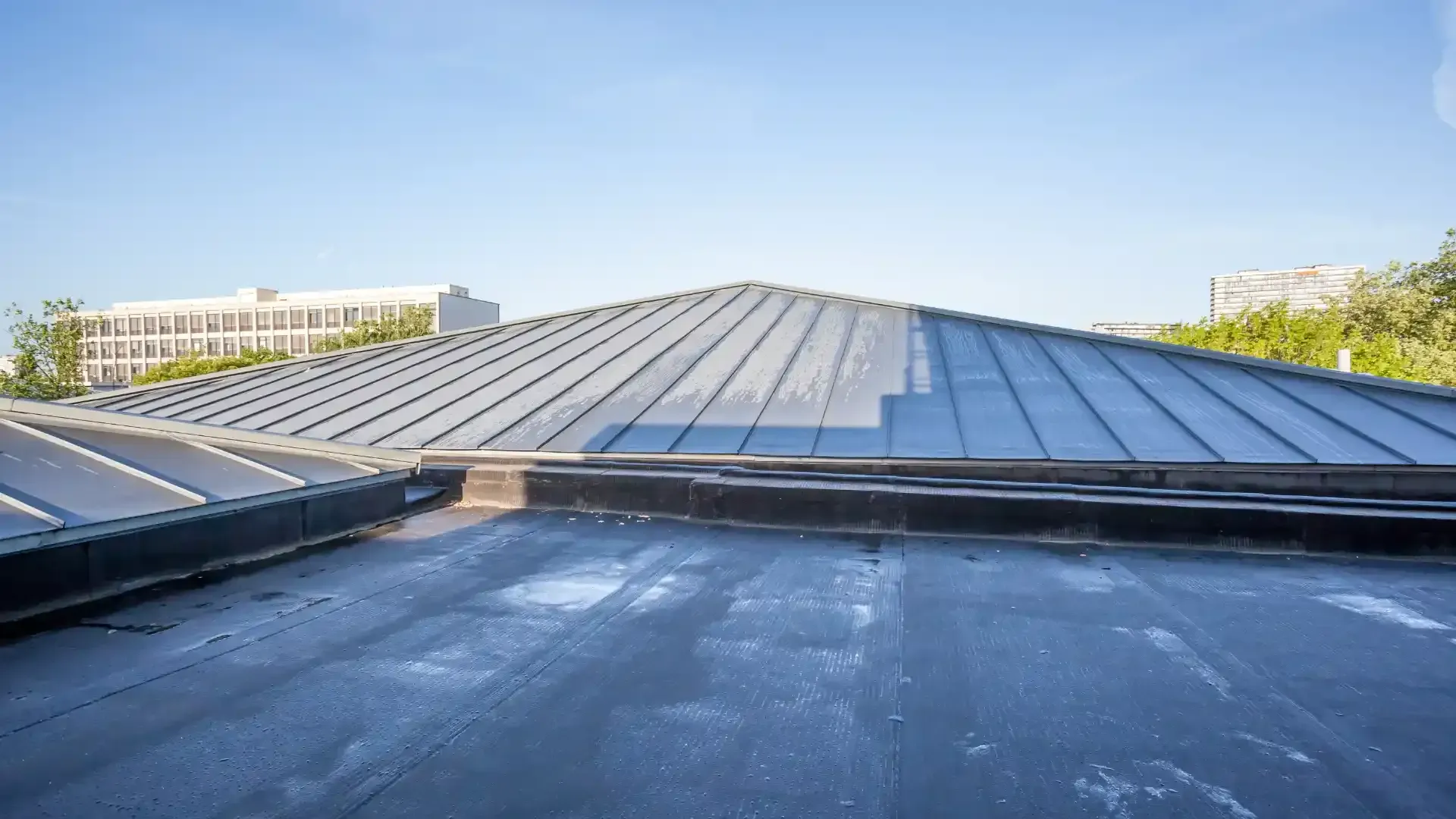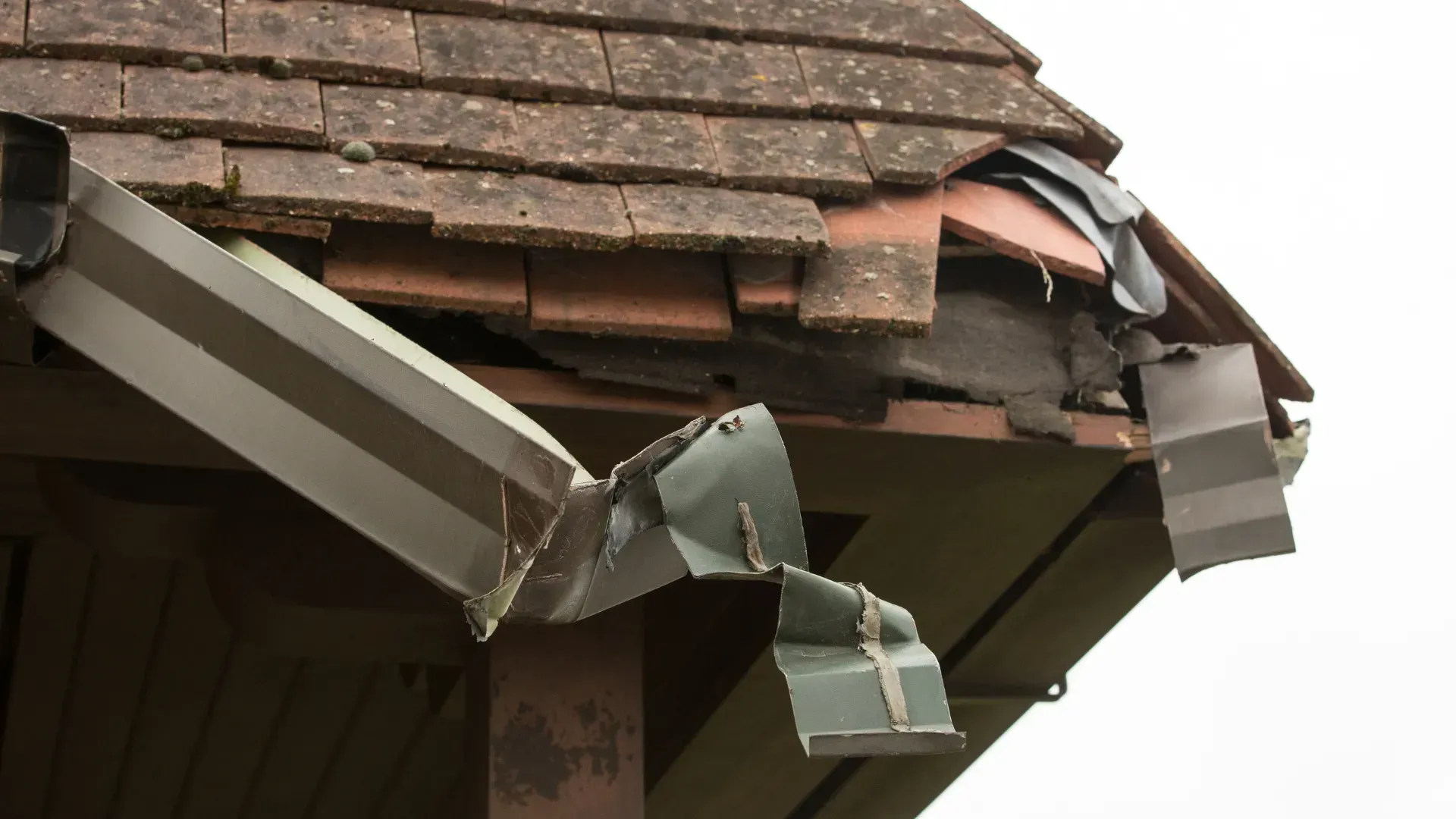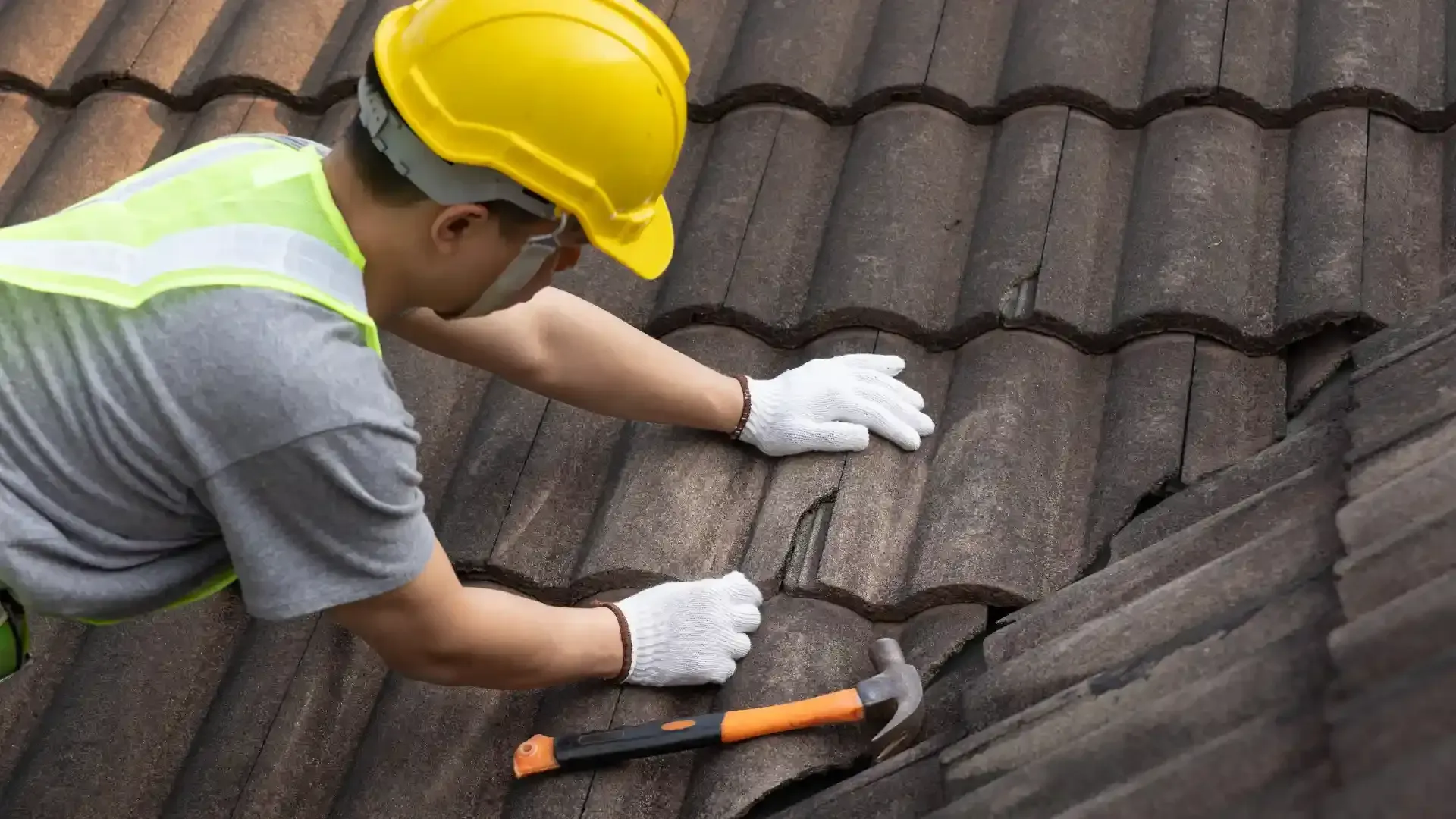Does the Arizona Heat Damage Roofing?
The short answer is yes. The Arizona sun is one of the most powerful forces your roof will ever face. While our climate is beautiful, the intense, relentless heat and UV radiation act like a constant assault on your roofing materials, accelerating wear and tear in ways homeowners in milder climates never experience.
Understanding exactly how the heat causes damage is the first step in protecting your home.
How the Sun and Heat Actively Damage Your Roof
The damage isn't always dramatic; it's a slow, gradual process of deterioration.
- Cracks and Curls in Shingles: Asphalt shingles absorb tremendous heat, often reaching temperatures far above the air temperature. This bakes the asphalt, causing it to dry out, become brittle, and lose the protective granules that shield it. This leads to cracking, curling, and ultimately, failure.
- Dry-Rotted Underlayment: The underlayment is the critical water-resistant barrier beneath your shingles or tiles. Prolonged exposure to radiant heat from the attic can cause this material to dry out, become brittle, and lose its waterproofing capabilities. This is often the hidden cause of a leaky roof.
- Deteriorated Tile Underlayment: Even under durable clay or concrete tiles, the underlayment is vulnerable. Arizona heat drastically shortens its effective lifespan, causing it to break down years sooner than it would in a cooler environment. When this hidden layer fails, water can easily seep into your home.
- Faded and Weakened Coatings:
For flat foam roofs, the protective silicone or acrylic coating is your first line of defense. Constant UV exposure breaks down this coating, causing it to fade, peel, and crack, which exposes the vulnerable foam underneath to moisture.
How to Protect Your Roof from Sun Damage
You can't stop the sun, but you can fight back with proactive measures.
- Schedule Biannual Inspections: This is the most important step. A professional inspection can identify early signs of sun damage—like minor cracking or granule loss—long before they turn into major leaks. We recommend an inspection every spring and fall.
- Ensure Proper Attic Ventilation: A hot attic bakes your roof from the inside out. Proper ventilation allows hot air to escape, significantly reducing the thermal stress on your roofing materials and helping to regulate your home's temperature.
- Choose Sun-Resistant Materials: When it’s time for a repair or replacement, select materials designed for our climate. Tile roofs and high-quality, reflective coatings are excellent for combating UV damage.
- Address Repairs Immediately:
Never ignore a small issue. A few cracked shingles or a small area of peeling coating can quickly become a widespread problem after one monsoon storm.
Don't Let the Sun Catch You by Surprise
Sun damage is often invisible from the ground. What looks like a perfectly fine roof can have significant deterioration happening underneath the surface.
We provide
free inspections to give you a clear picture of your roof's health. We’ll pinpoint sun damage, assess your underlayment, and give you an honest recommendation to keep your home protected.
Protect your investment from the Arizona sun. Schedule your free, no-obligation roof inspection today.
Frequently Asked Questions
Q: How often should I have my roof inspected in Arizona?
A:
We recommend a professional roof inspection at least once a year, ideally before the monsoon season. For older roofs, bi-annual inspections are wise.
Q: Can a roof coating protect my shingle roof from the sun?
A:
We do not recommend coatings for asphalt shingle roofs. It can void manufacturer warranties and trap moisture. Proper ventilation and timely repairs are the best protection.
Q: My roof looks fine from the ground. Could it still have damage?
A:
Absolutely. The most critical components, like the underlayment, are hidden from view. The only way to know its true condition is with a hands-on professional inspection.
